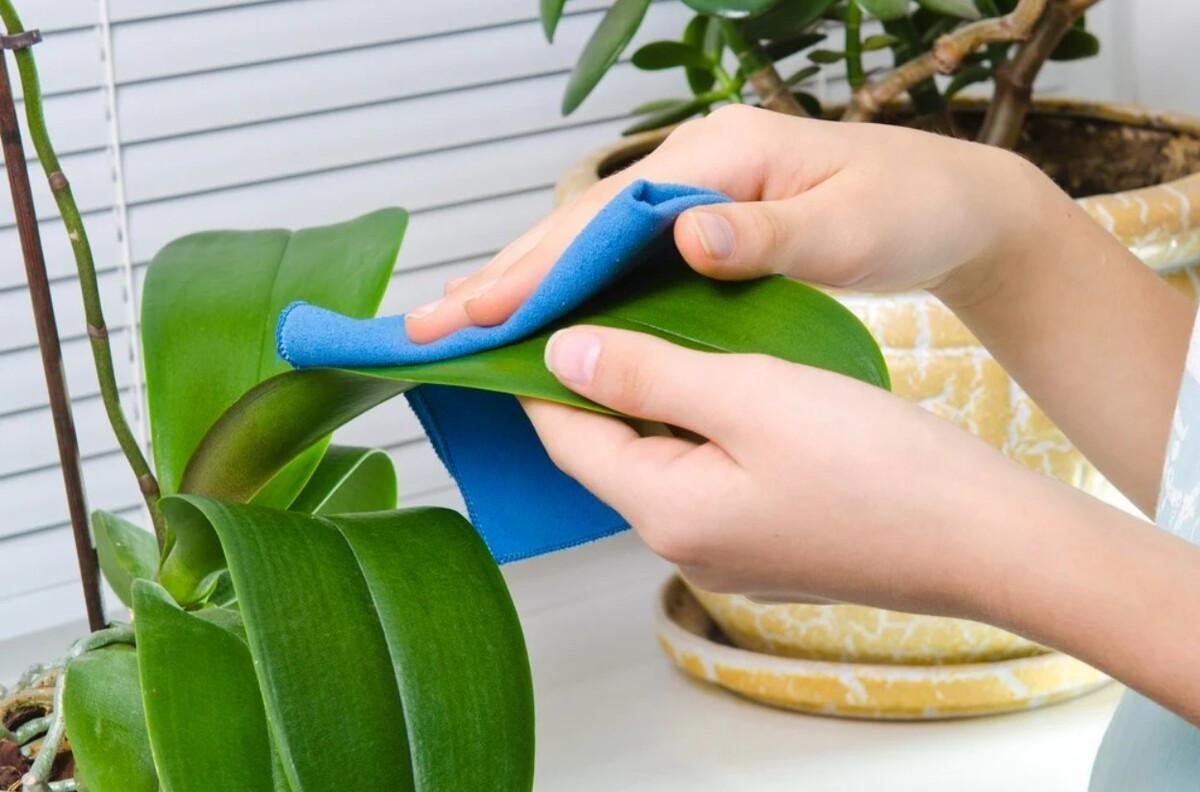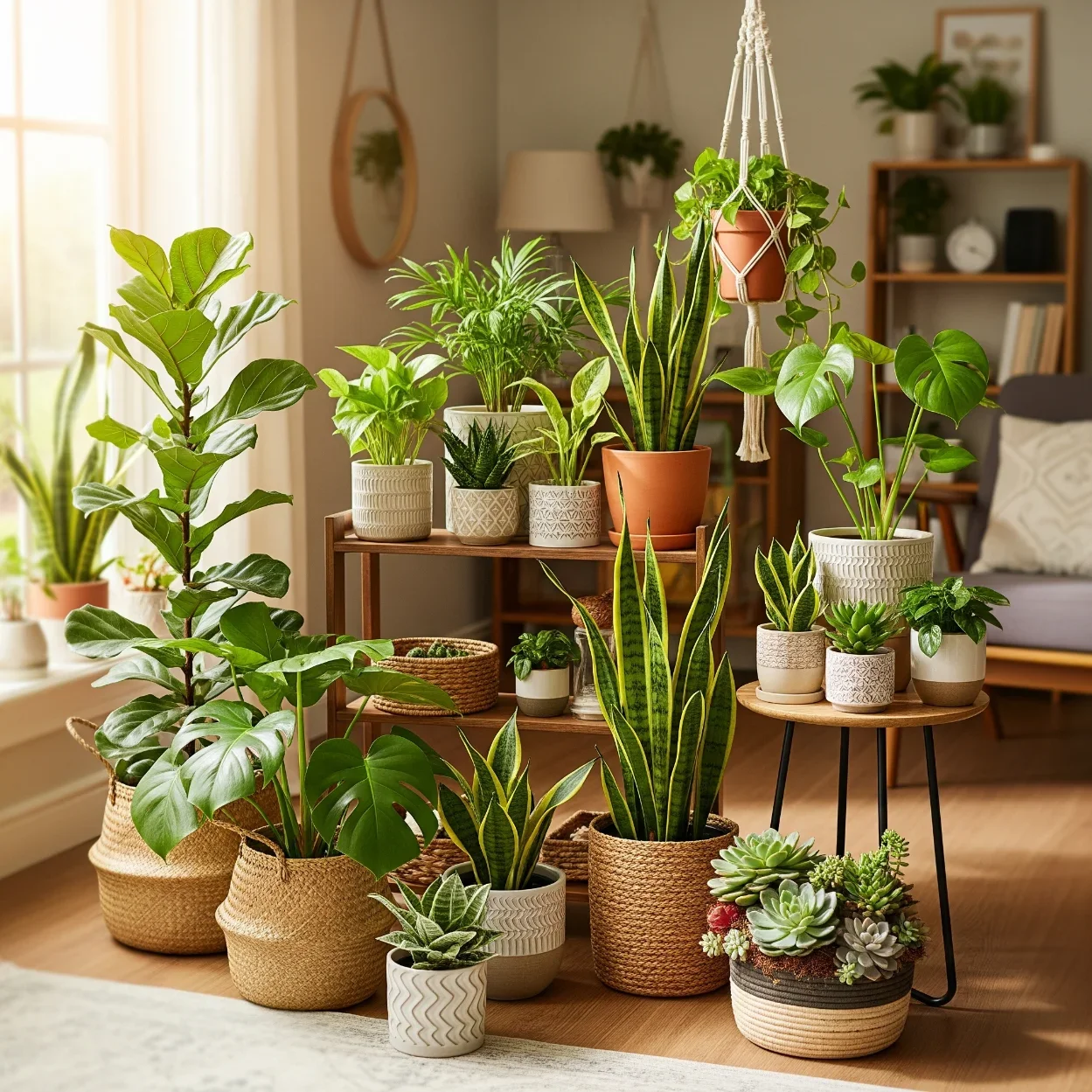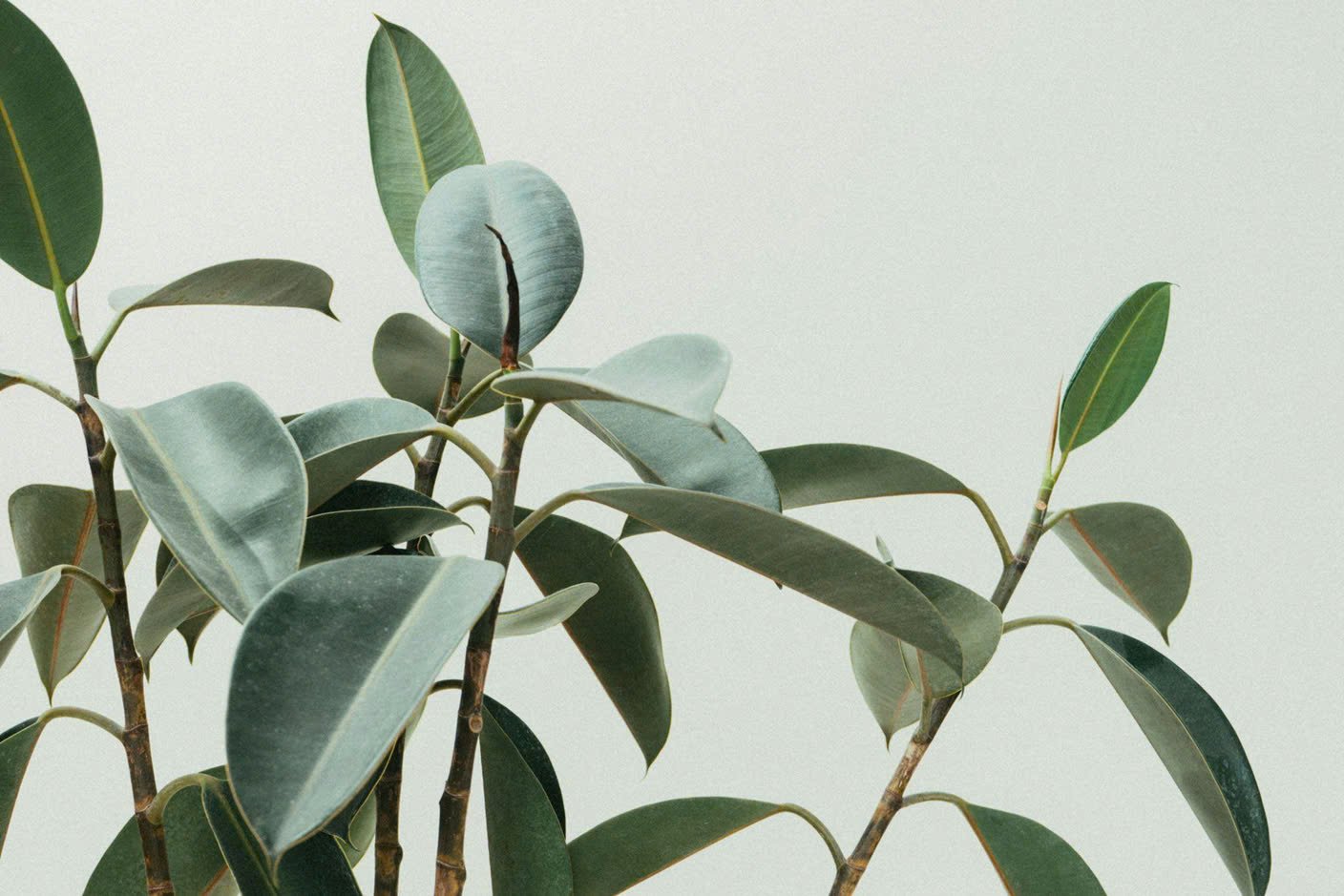A Comprehensive Guide to Cleaning and Maintaining Artificial Plants
Keep your artificial plants looking fresh year-round with this complete guide to cleaning, dusting, and maintaining faux greenery in every room.
Artificial plants and flowers have never been more realistic. They can easily pass for natural plants due to their convincing colors, yet a light layer of dust is usually more than enough to reveal your secret.
To avoid it, here are some great tips and tricks for cleaning fake plants without hurting them.
Brushing Leaves
Leaves are some of the widest parts of an artificial plant, so it makes sense, they catch all the dust around them. Use a soft paintbrush to clean them. Simply start at the top, so you can avoid getting dust on the leaves you've already brushed.
Grab the paintbrush and start brushing every single piece until it’s clean. Since dust may go up in the air and settle again on leaves, it might be a good idea to do it again after an hour, just to play it safe.
Normally, cleaning fake plants takes a few minutes for a small desk unit. However, if you have big plants such as a 6-foot fiddle leaf fig or sprawling artificial monster, you may need to spend up to 15 minutes.
This method is extremely effective when it comes to small nooks that also gather a lot of dust. That’s why it’s important to use a soft brush, as you may need to “force” your way into these nooks.
Using a Hairdryer
This is by far the quickest option to do it. You can use a hairdryer, as well as compressed air. However, there are a couple of warnings you should be aware of before cleaning fake plants.
First, if the air is too hot, you risk deforming the plant. It takes a great effort to melt it, but hot air will deform plastic, so make sure you do it from a distance if you choose a hair dryer. Test airflow on a single leaf first to gauge safety.
Second, this option could be messy. If your artificial plant is really dusty, you’ll blow it everywhere. It might be a good idea to take it outside before proceeding or lay down a drop cloth indoors to catch the fallout.
To dust your plant with this method, simply blow each piece of foliage until you clear everything.
Get a Cleaning Spray
You don’t have to search for too long when looking for a cleaner for artificial plants. There are countless options out there. Some of them are mild and light for delicate plants. Others contain more chemicals for large pieces, such as artificial trees.
Do your homework to figure out which one is suitable for your plants. Also, the state of your current plants is an important consideration.
Generally, these cleaners are based on light substances that work well on silk plants or even flowers without causing colors to run.
If you’re not 100% sure about it, simply clean a small patch. Find a hidden piece of foliage and clean it. Give it a few days and try to observe any changes. If there aren’t any, go ahead with the rest of the plant.
Many of these cleaners don’t require rinsing. They usually go in a spray bottle and can be left to dry once they go on the plant. It’s an easy and quick method.
Make sure you get rid of all the dust first, so you may still need to brush your plants before.
Using a Damp Cloth
Get a clean and soft cloth, get it wet and make sure you squeeze as much water as possible first. Use lukewarm water to avoid warping any plastic components. You don’t want water left on your artificial plants as it could stain.
This option is similar to the dusting process. Grab the cloth and start cleaning each piece of foliage. Turn it around every now and then to avoid spreading dust from one place to another.
You can also rinse it every now and then, then squeeze it before proceeding.
Cleaning fake plants with this option is excellent if you have some stubborn stains or marks, such as dried spills or pet paw prints not to mention dirt sticking to foliage.
Once again, there’s a warning. Depending on how delicate your artificial plants are, you may end up causing the color to run. To prevent this problem, be gentle and don’t push too hard. Allow the plant to air-dry completely before repositioning.
Make Your Own Cleaner
You can also make your own substance for cleaning fake plants with nothing but water and white vinegar. Get a spray bottle, use two parts water to one part vinegar, mix it well and clean your plants.
Again, it pays off trying it on a small and hidden piece of foliage first, just to play it safe.
Apart from spraying it, you can also use clean Q-tip buds.










